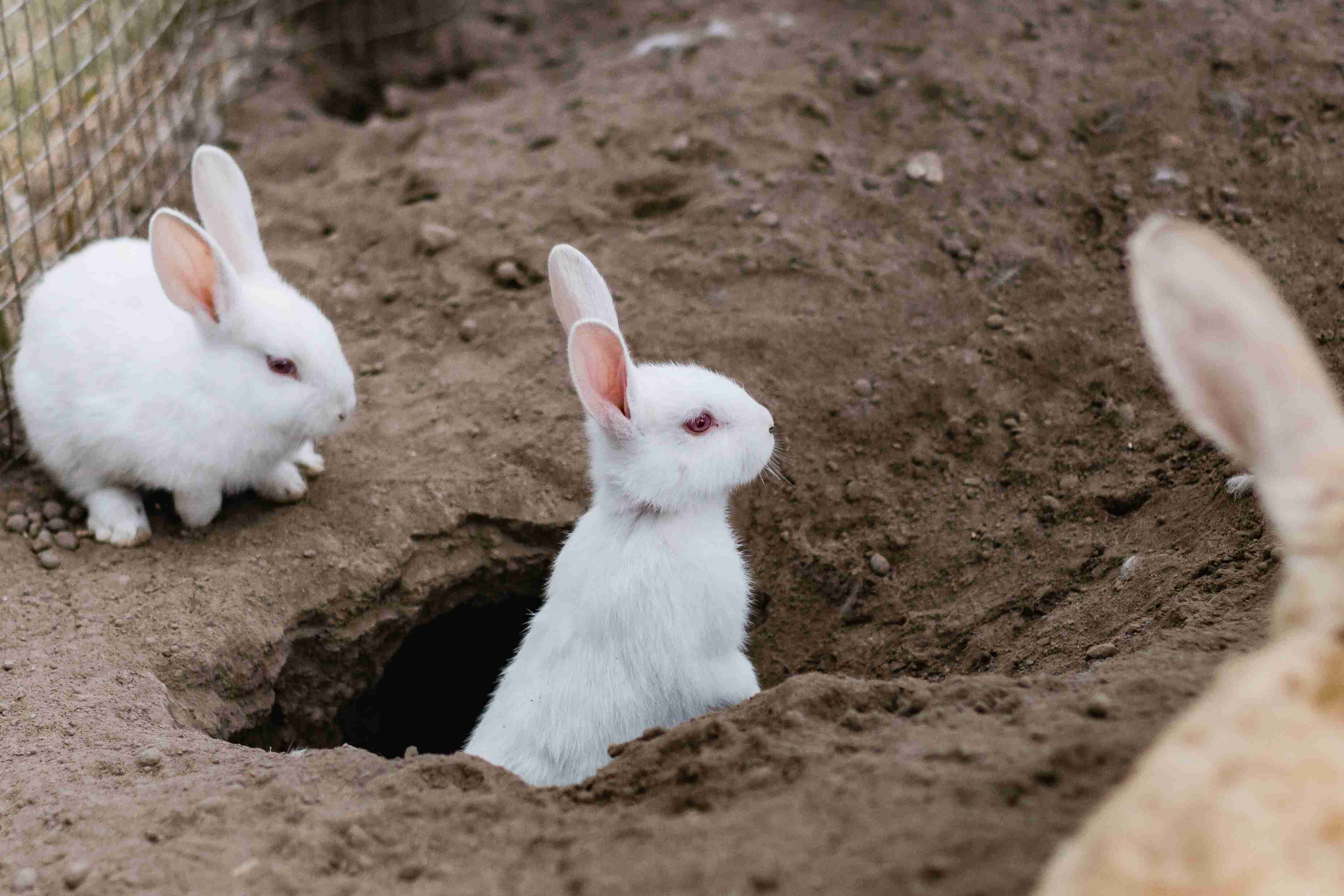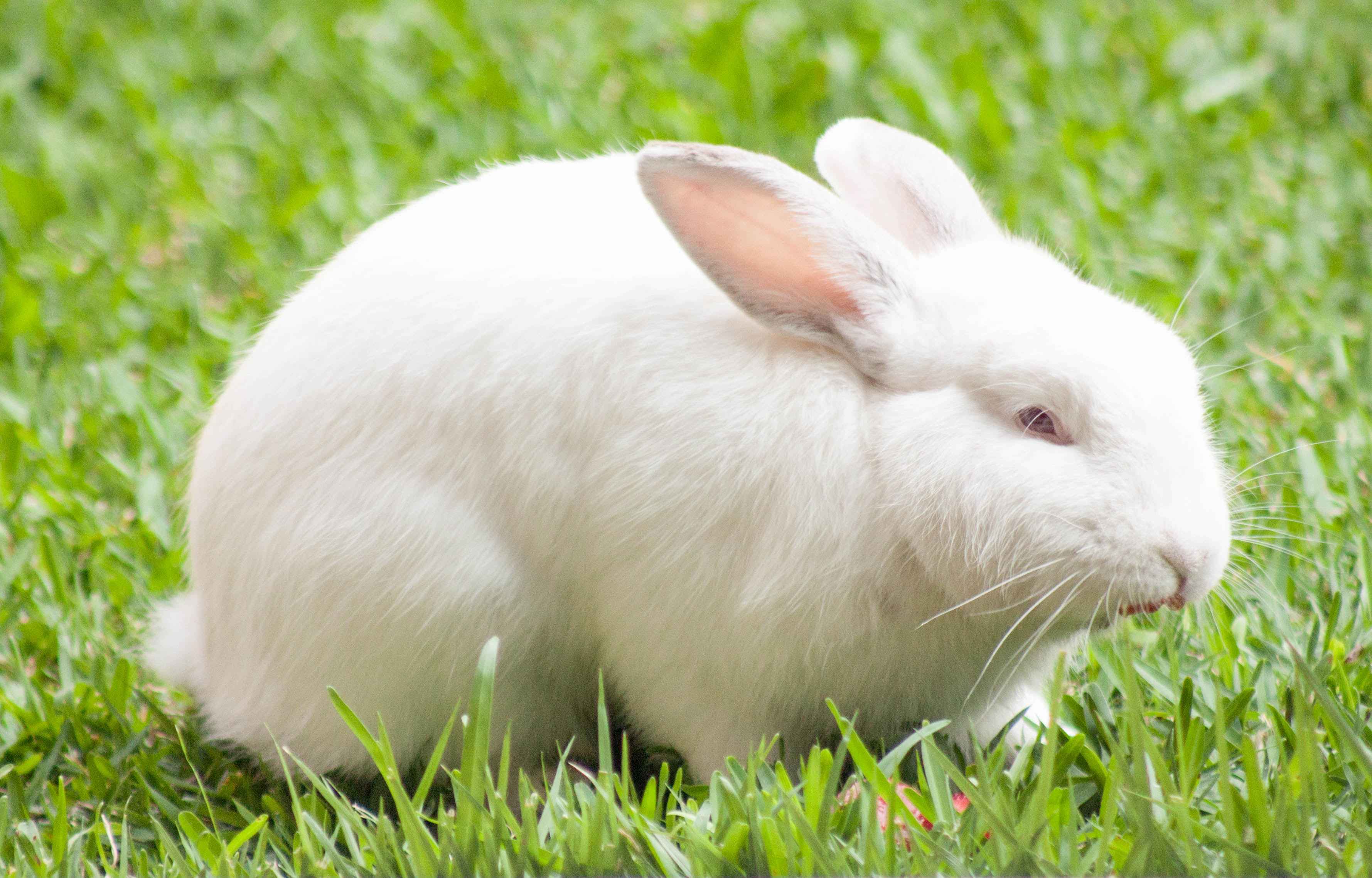Rabbits are one of the most popular pets around the world, and it’s no wonder why! They are cute, cuddly, and make great companions. But as a rabbit owner, it’s important to know the basics of rabbit care, including how to identify your rabbit’s gender. It’s not always easy to tell if your bunny is male or female, but it’s essential for their health and wellbeing. In this blog post, we’ll explore the different ways to determine your rabbit’s gender, including physical characteristics and behavioral traits. Whether you’re a new rabbit owner or a seasoned pro, this guide will help you identify your furry friend’s gender with confidence. So, let’s dive in and learn how to determine if your bunny is male or female!
Rabbits are adorable creatures that make great pets. They are social animals and can be kept both indoors and outdoors. As a rabbit owner, it is essential to know how to determine the gender of your bunny. This knowledge is crucial if you plan on breeding your rabbits or if you want to ensure that your rabbits are housed together appropriately.
There are several ways to determine the gender of your rabbit, including:
1. External Genitalia Examination:
One of the most common methods of determining a rabbit’s gender is by examining its external genitalia. You can do this by gently lifting the rabbit’s tail and looking for the genital opening. Male rabbits have a round genital opening, while female rabbits have a slit-shaped genital opening. Additionally, male rabbits have a scrotum that can be felt beneath the genital opening. Female rabbits, on the other hand, have a smaller opening, and their genital area looks more like a line than a round shape.

2. Checking the Distance Between the Genitalia and Anus:
Another way to determine a rabbit’s gender is by checking the distance between the genitalia and anus. In male rabbits, the distance between the two is greater than in female rabbits. This is because male rabbits have a longer urethra than females.
3. Behavior:
Male and female rabbits behave differently. Male rabbits tend to be more territorial and aggressive than females. They may also spray urine to mark their territory. Female rabbits, on the other hand, are more docile and tend to be more social than males.
4. Breeding:
If you plan on breeding your rabbits, it is essential to know their gender. Breeding male and female rabbits together will result in offspring, but it is important to ensure that the rabbits are of the opposite sex.
Overall, it is important to know how to determine the gender of your rabbit. Knowing your rabbit’s gender can help you provide appropriate housing and prevent unwanted breeding. The methods of determining a rabbit’s gender include examining its external genitalia, checking the distance between the genitalia and anus, observing their behavior, and breeding. If you are unsure of your rabbit’s gender, consult with a veterinarian or experienced rabbit breeder.
In conclusion, knowing how to identify the gender of your rabbit is an essential skill every pet owner should possess. It’s not only important for breeding purposes, but it also helps you take proper care of your bunny. Remember to be gentle when handling your rabbit and don’t hesitate to seek the help of a professional if you’re unsure about their gender. With these tips, you can confidently determine the gender of your bunny and provide them with the best possible care. Happy bunny parenting!






.jpg)
